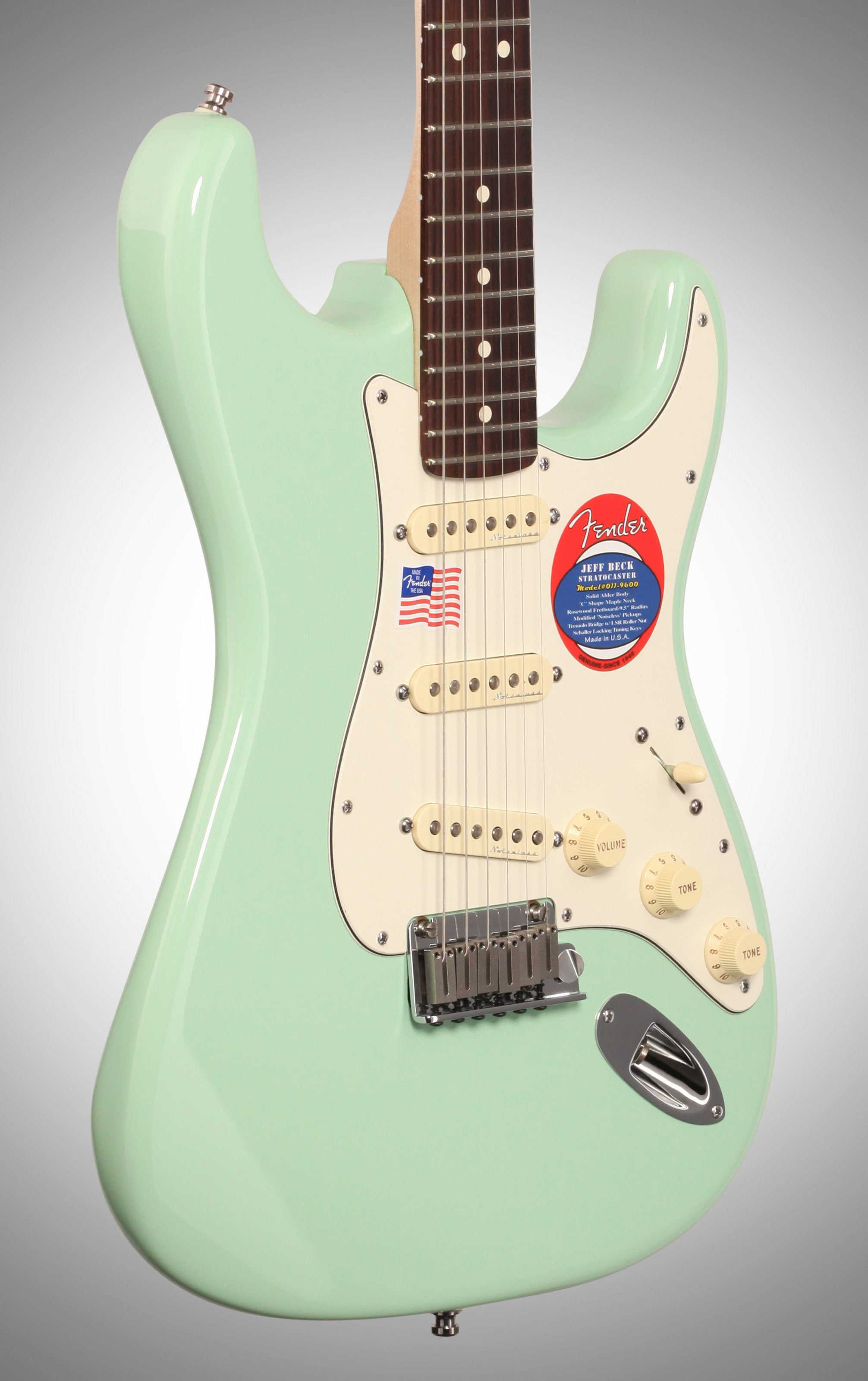Fender Stratocaster Serial Number Z3 Coupe

How to date and identify your Fender instruments using serial numbers and production date stamps. No one likes it when you forget their birthday and neither does your Fender.
On early ’50s Stratocaster guitars serial numbers were stamped on the back vibrato cover plate. On some Telecaster guitars the serial number is found on the bridge plate between the pickup and the saddles. Fender Instruments Serial Number Dating Guide. Z3 + 5 or 6 digits. The Fender Stratocaster 40th Anniversary Edition.
Well, don’t despair. For most of Fender’s production history they have applied serial numbers and production dates that can help you determine their production date (within a few years’ margin, at least).
Determining the date can also be important from a collector’s perspective, since the pre-1966 vintage Fender guitars are generally considered the most valuable. Fender was sold to CBS in the first week of January 1965, but already in late 1964 mass production was slowly being introduced, which gradually lowered quality and ultimately collectibility. It is important to remember that Fender serial numbers are NOT conclusively chronological. Back in the day, Fender made their serial number plates in big batches and the assembler simply grabbed a decal or more from the crate and slapped it on the guitar. As a result, many numbers and dates overlap. To get as close as possible to determining the age of your Fender, make sure to check all dates on both body, neck and pots.
 The locations of the serial numbers and dates change from model to model and in some cases they have simply been omitted. Also, labeling techniques have changed with Fender owners, slightly adding to the confusion. This article deals only with U.S.-made Fender guitars and basses from 1950 until today, since they are some of the predominant vintage guitars for sale on VintageandRare.com.
The locations of the serial numbers and dates change from model to model and in some cases they have simply been omitted. Also, labeling techniques have changed with Fender owners, slightly adding to the confusion. This article deals only with U.S.-made Fender guitars and basses from 1950 until today, since they are some of the predominant vintage guitars for sale on VintageandRare.com.

How do I find the serial number on my U.S.-made Fender? Typically the serial number is penciled or stamped on the butt end of the heel of the neck of most guitars and basses. Neck dating can be useful in finding the approximate age of your guitar. Since the neck is only a component of the guitar, it could have been produced a number of years before the actual instrument was assembled, hence the date on the neck is not necessarily the production date of the whole guitar. On early ’50s Stratocaster guitars serial numbers were stamped on the back vibrato cover plate. On some Telecaster guitars the serial number is found on the bridge plate between the pickup and the saddles. Fender neck dates from 1950 to today.
From the production of the first solidbody Fender guitars and until 1976, Fender tagged a production date at the butt of the detachable neck of their guitars. Only about half the guitars still carry any intelligible information here. Below is a list of date formats and how they were marked on the neck-butts: 1950-1954: Hand-written below the truss rod adjustment at the butt end of the neck.
Date format is usually M-D-YY and often features the woodworker’s initials as well. 1954-1959: Same as above, only the format is M-YY, leaving out the day. First half of 1959: No markings for a period after a customer complained about an obscenity written on the neck butt.
Markings start to appear again around mid-year. Mid-1959-March 1962: Same as ’54-’59. March 1962 to 1965: Dark blue or red ink stamps below the truss rod adjustment at the neck butt. Date format written as “XX MM-YY W”. The “XX” does not refer to the day; it is a code for the neck type (e.g.
“02”=Stratocaster, “3/4″=3/4 scale Musicmaster). The “W” stands for neck width: “A” is the narrower, “B” is normal width, and “C” wider and “D”, though rarely seen, is the widest. 1966: the model number (the number stamped on the neck before the month) change (for example, “13”=Stratocaster). 1969: A new type of neck stamp of six, seven or eight digits was used on some models.
The new stamp was usually green ink. Example: “529129B” (more info on reading there in the “nack stamps” section below.) This new green stamp was used simultaneously with the earlier “XX MMM-YY W” format. Models from this period could have either code system.
1972: A new eight-digit neck stamp was introduced colored either green or red. Example: “02033923”, as found on a Jazz Bass. From 1972 to around March 1973, this new system was used simultaneously with the previous “XX MMM-YY W”. Again, either stamp can occur on instruments from this era. A example of this is “02033923” found on a Jazz Bass. From 1972 through about March 1973, this new system was used concurrently with the previous “XX MMM-YY W” format.
Again, a neck was stamped with either the new or the old date stamp, but not both. The model numbers change yet again (for example, “09”=Stratocaster). See “neck stamps” section below for more info.